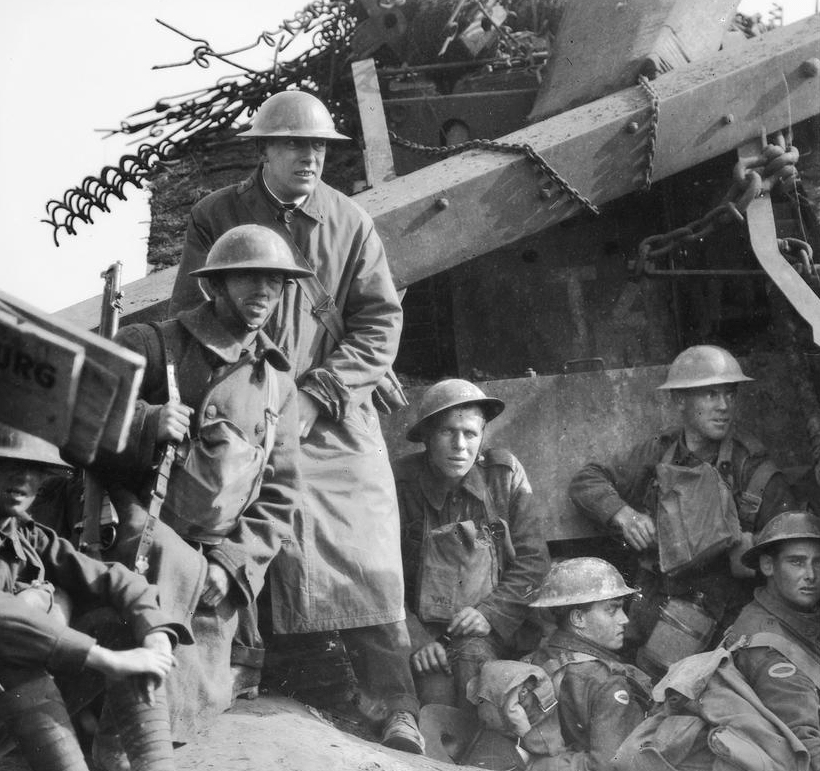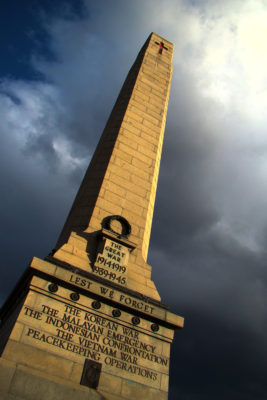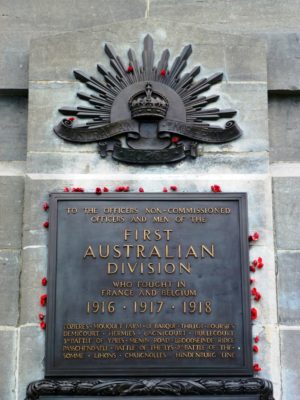They left their blood in France: Tasmania’s fallen soldiers of the Great War

Hobart, capital of the island state of Tasmania, lies across the Bass Strait, 240 kilometres south of the Australian mainland. It is 17 224 km from the Somme in France; the river that defined the Western Front and was the greatest killing field of World War One.
By the end of the Somme Offensive, the Allies and Central Powers would lose more than 1.5 million men.
The tragedy of the Great War
A plaque at the village of Pozières in Picardy states:
“The ruin of Pozières windmill which lies here was the centre of the struggles in this part of the Somme battlefield in July and August 1916. It was captured on 4 August by Australian troops, who fell more thickly on this ridge than any other.”
Even “more thickly” than at Gallipoli.
In 1914, for very complicated reasons that even contemporary historians have difficulty explaining, the assassination of an Austrian Archduke by Serbian terrorists caused a dramatic heightening of tension between European powers. It automatically triggered a call to arms in several countries, and France and Britain went to war against the Central Powers.
Australian Prime Minister Joseph Cook immediately announced that “when the Empire is at war, so also is Australia.”
His post-election successor, Andrew Fisher soon followed up by promising to “rally to the Mother Country […] to help and defend her to our last man and our last shilling.”

Within weeks 20 000 recruits responded to the call of musket, fife and drum. They volunteered to travel thousands of miles to a foreign country on the other side of the globe. Their mission was to kill the King’s enemies – especially Germans and Turks – for six shillings a day.
By 1918, out of a population of about five million, over 416 000 Australians had served on the Western Front in France, Belgium and the Middle East.
60 000 never returned. 156 000 were wounded, gassed or taken prisoner.
Nearly 2900 of those who died were from Tasmania – out of the island’s population of only 200 000.
But who were they, these brave men (and one woman) from Tassie who fought in the Great War?
Honouring Tasmania’s fallen soldiers 
Right on the edge of the city is Hobart’s Soldiers’ Memorial Avenue or The Soldier’s Walk. Since the Armistice, 535 trees have been planted adjacent to 535 plaques.
These have become shrines for those whose graves were either known or unknown, but who were killed on the other side of the world.
Each contains personal details about the soldiers – as well as a sailor and a matron – who died in the Great War. They are remembered not just by a name, number and regimental badge, but by a brief description of who they were.
The description includes how and where they died, where they went to school, their occupations and any sporting activities they may have been involved in.
535 brave Australians who died for a better world, leaving their broken, shell-smashed and rotting bodies behind to fertilise the fields of France.
A German officer wrote: “Somme. The whole history of the world cannot contain a more ghastly word.”
By the end of 1918 the Great War had cost 38 million lives worldwide. Why did US President Woodrow Wilson get it so wrong when he called WWI “the war to end all wars”?
And was British Prime Minister David Lloyd George’s variation of this theme more prescient or simply just cynical when he said:
“This war, like the next war, is the war to end all wars.”?
Are there any war memorials in your hometown? Share your thoughts and experiences with us in the comments.
Image Credits:
1. Australians in the advanced trenches via Wikimedia Commons
2. Australian Memorial at Pozieres, France via Wikimedia Commons
3. Members of the 3rd Division (AUS) near Ronssoy, France, 30.09.1918 via Flickr
4. War Memorial Cenotaph at Hobart, Tasmania via Wikimedia Commons
5. Image courtesy of Ray Johnstone








